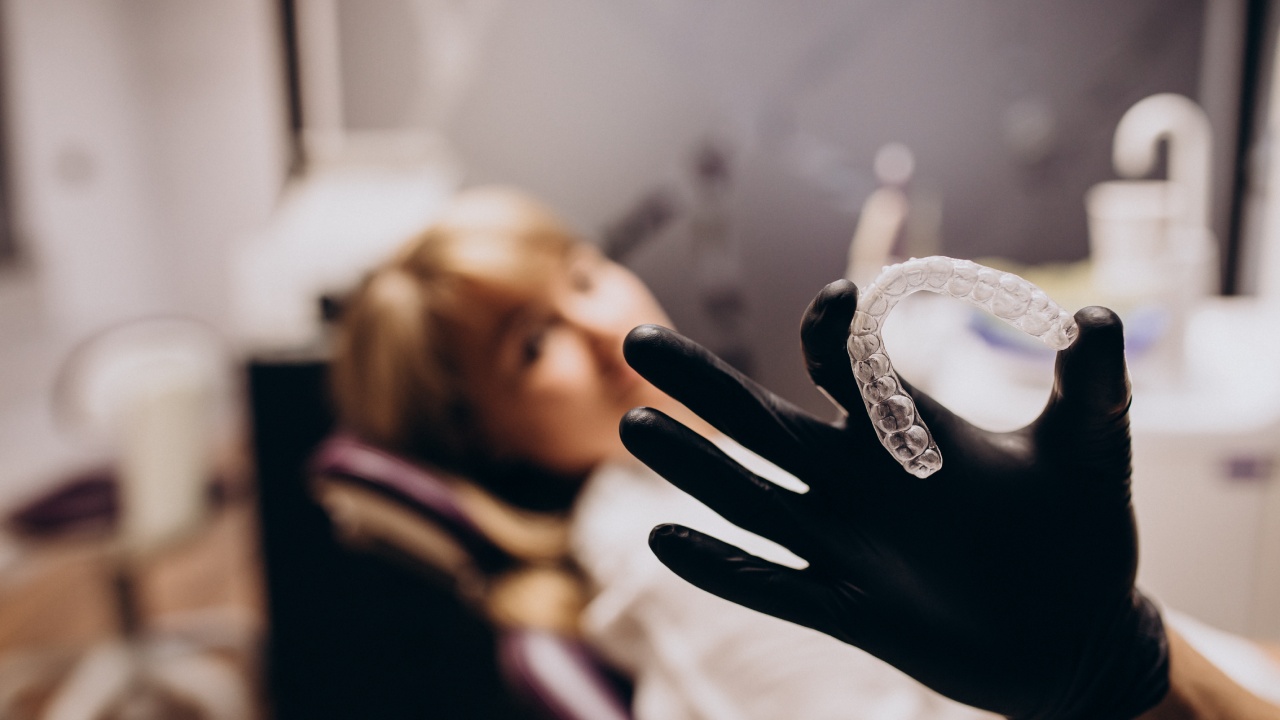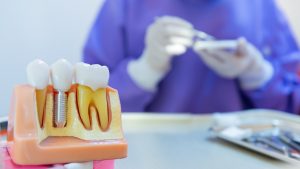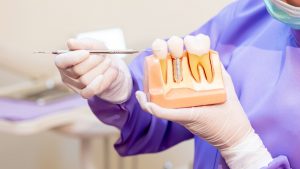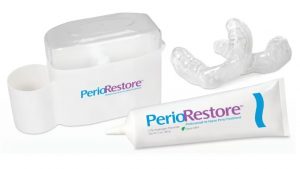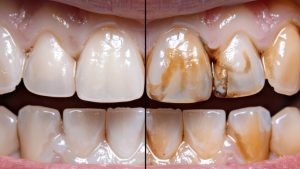Invisalign has become one of the most popular orthodontic treatments in recent years. They offer a clear alternative to traditional metal braces. Instead of using metal wires and brackets, Invisalign utilizes a series of custom-made removable aligners that gradually move teeth into their ideal position.
The popularity of clear aligners, particularly Invisalign, has surged in recent years. According to a report by iData Research, the global clear aligner market was valued at over $12 billion in 2024 and is projected to grow at a compound annual growth rate (CAGR) of 8.4%. This growth is driven by technological advancements, increased consumer awareness, and a rising preference for aesthetic dental solutions.
However, many people wonder: Does Invisalign work for everyone? In this article, we will answer that question and provide insights into how effective Invisalign really is. We will explore who benefits the most from Invisalign, the factors that contribute to its success, and situations where it may not be the best option.
What Is Invisalign?
Invisalign is a modern orthodontic treatment that uses a series of custom-made, clear plastic aligners to straighten teeth. Invisalign aligners are virtually invisible, making them a popular choice for people who want a more discreet method of correcting their smile.
This clear aligner system is designed to gradually move teeth into their ideal positions. It provides patients with a comfortable and effective way to achieve a straighter smile without the aesthetic drawbacks of traditional braces.
Invisalign is suitable for treating a wide range of dental issues. These include overcrowded teeth, gaps between teeth, overbites, underbites, and crossbites. It’s also an excellent option for teens and adults who are looking for a flexible and less noticeable solution to their orthodontic needs.
How It Works
Invisalign works by using a series of clear aligners that are custom-designed to fit each patient’s mouth. For Invisalign treatment at MySmile Dental Care clinic in Anaheim, the process begins with an initial consultation, during which we take impressions, photographs, and X-rays of the patient’s teeth.
Using 3D imaging, a treatment plan is developed that shows the step-by-step movement of the patient’s teeth throughout the course of treatment. Each aligner is designed to fit the patient’s teeth at a specific stage of the treatment process. As the patient wears each aligner for about 20 to 22 hours a day (only removing them for eating and cleaning), the aligners gradually shift the teeth into their new position. Patients typically receive a new set of aligners every two weeks, each one bringing them closer to their final, desired result.
To hear real stories from patients who have undergone Invisalign treatment at MySmile Dental Care, follow us on Instagram.
Who Is a Good Candidate for Invisalign?
Invisalign is best suited for individuals with mild to moderate dental issues. These include:
- Overcrowded Teeth: When teeth overlap due to lack of space.
- Spacing Issues: Large gaps between teeth that need to be closed.
- Slight Misalignments: Minor to moderate misalignments of teeth or jaw.
- Crossbites, Overbites, and Underbites: Issues where the upper and lower teeth don’t meet correctly.
While Invisalign can treat a variety of orthodontic conditions, it’s generally more effective for those with less complex problems. For more severe issues, such as large bite problems or very crooked teeth, traditional braces may be a better option. However, Invisalign’s advancements in technology have made it effective for increasingly complex cases.
Who Is Not an Ideal Candidate for Invisalign?
While Invisalign is effective for many people, it may not be the best option for individuals with severe orthodontic issues. This includes cases such as:
- Severe Crowding: When the teeth are significantly overlapping or there is not enough space in the mouth for all the teeth to align properly.
- Large Overbites or Underbites: When the upper or lower teeth protrude far beyond the other, requiring more complex adjustments to the bite.
- Complex Dental Structures: Patients with extensive dental problems or jaw irregularities may require more intensive orthodontic treatment.
For these types of cases, traditional metal braces may be more effective. Braces are better equipped to handle complex movements, as they can exert consistent pressure on the teeth and jaw over an extended period of time. Invisalign may still be an option for some of these cases, but it depends on the severity of the issue and the recommendation of an experienced orthodontist.
Moreover, Invisalign is generally not recommended for young children who still have baby teeth. Invisalign aligners are designed for adults and teens with fully developed teeth. These are not effective for younger patients whose teeth are still in transition or growing. The treatment requires precise planning and customized aligners. So, it is not possible to achieve the desired result with baby teeth. Find out when babies go to the dentist and how to prepare for their first visit.
Factors Affecting the Success of Invisalign Treatment
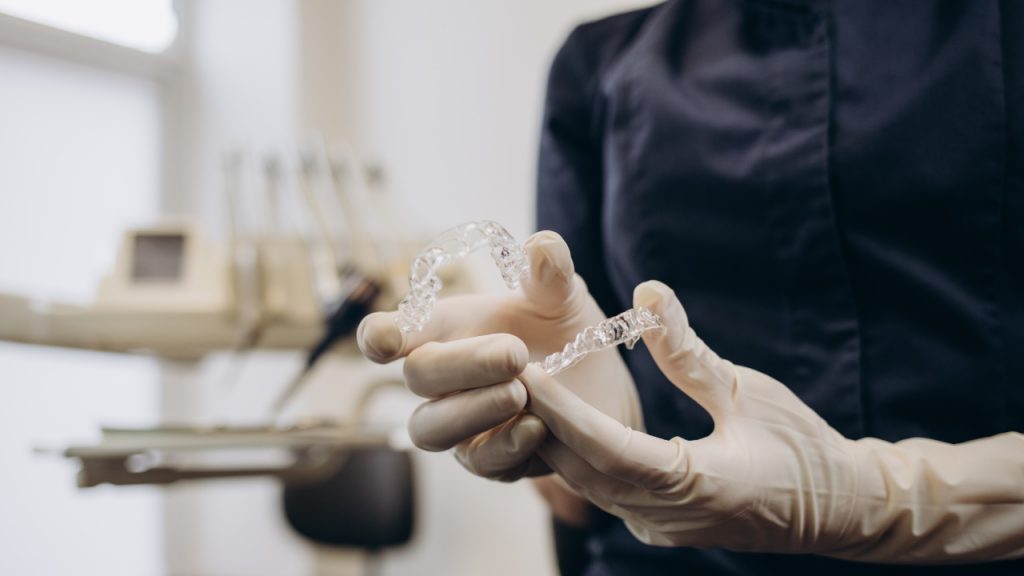
The success of Invisalign treatment relies on several crucial factors that directly influence the outcome. Let’s go through these briefly:
Patient Compliance
One of the most crucial factors in ensuring the success of Invisalign treatment is patient compliance. Invisalign aligners must be worn for 20 to 22 hours per day to achieve optimal results.
This means that the aligners should only be removed for eating, drinking (except water), brushing, and flossing. Failure to wear the aligners as prescribed can significantly delay the treatment process. In some cases, this can prevent the desired results from being achieved.
Frequency of Adjustments
Another important factor in the success of Invisalign treatment is the frequency of adjustments. While traditional braces require monthly visits for adjustments, Invisalign typically involves check-ups every six to eight weeks to monitor progress and receive new sets of aligners. These check-ups are essential for ensuring that your treatment is on track and that your teeth are moving as planned.
Oral Health
The overall health of your teeth and gums plays a significant role in the success of Invisalign treatment. If you have untreated dental issues such as cavities, gum disease, or tooth infections, these can interfere with the effectiveness of the aligners and prolong the treatment time. Healthy teeth and gums provide a strong foundation for the aligners to work properly.
Before starting Invisalign, your dentist will perform a thorough evaluation of your oral health. It’s important to maintain good oral hygiene throughout the treatment by brushing and flossing regularly, as food particles and plaque can build up on the aligners and affect your progress. Additionally, any dental emergencies should be addressed promptly to avoid delays or complications during treatment.
Endnote
Invisalign offers an excellent option for many individuals looking to improve their smile with comfort and discretion. However, it’s important to consult with an orthodontist to determine if it’s the right choice for you based on your dental needs, lifestyle, and budget.
For Invisalign Aligners in Anaheim, MySmile Dental Care is committed to helping you make an informed decision and providing expert care throughout your treatment journey. To get started and see if Invisalign is the right choice for you, visit us and schedule your consultation today.

